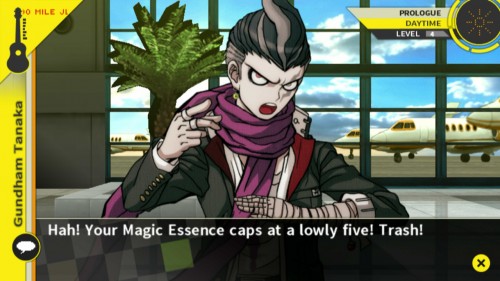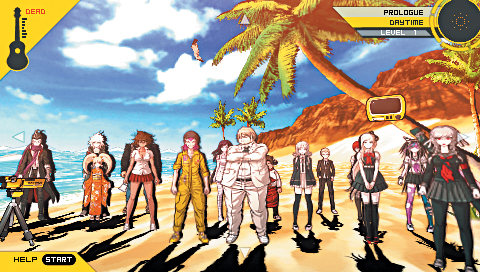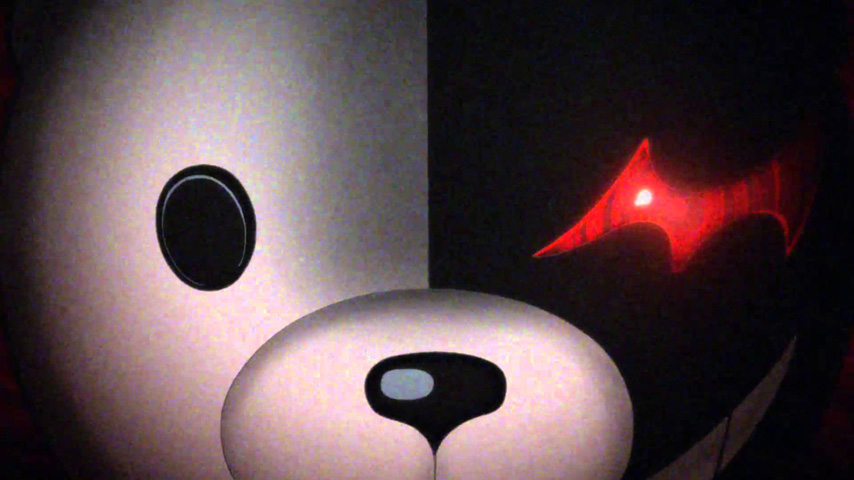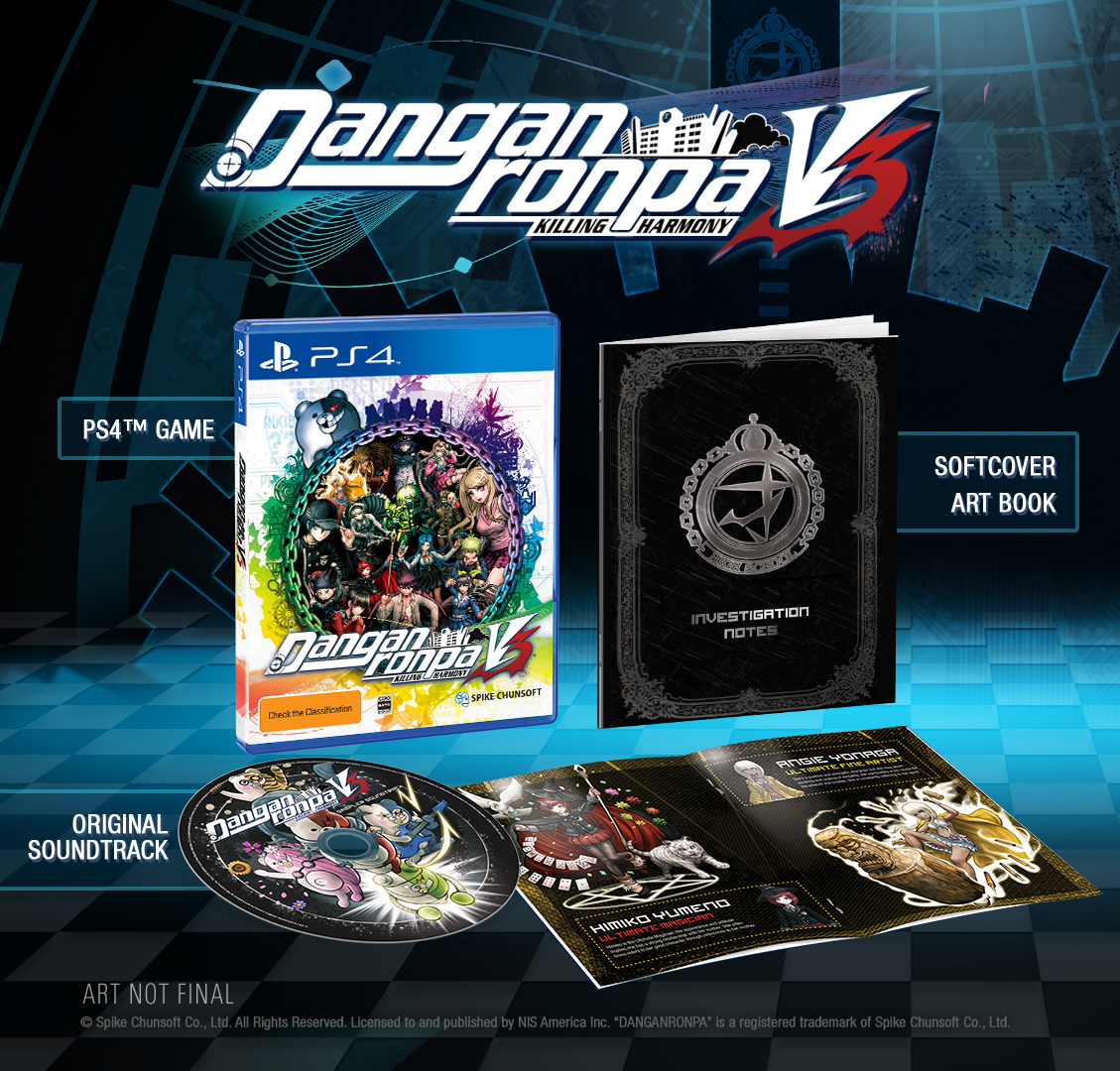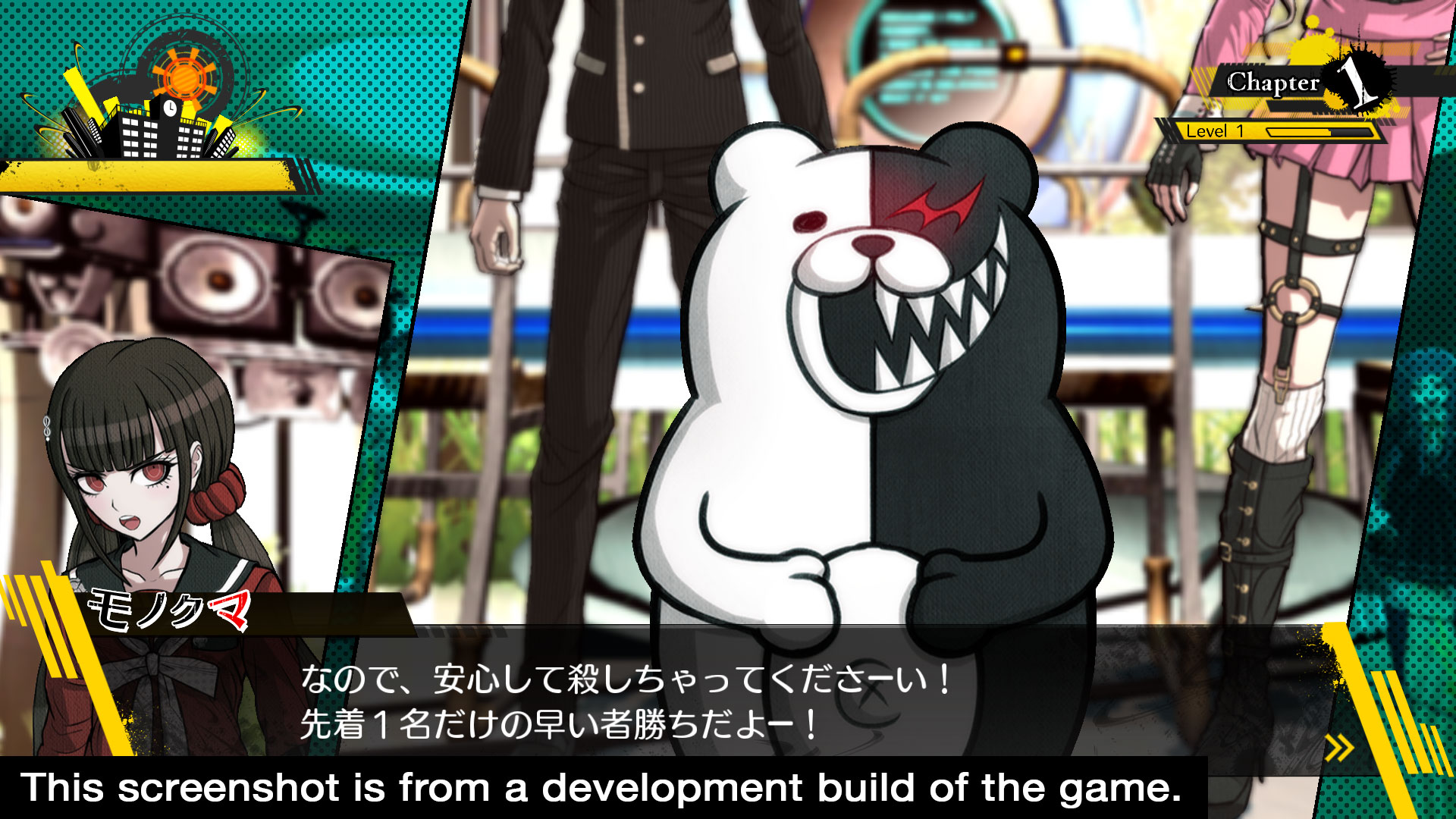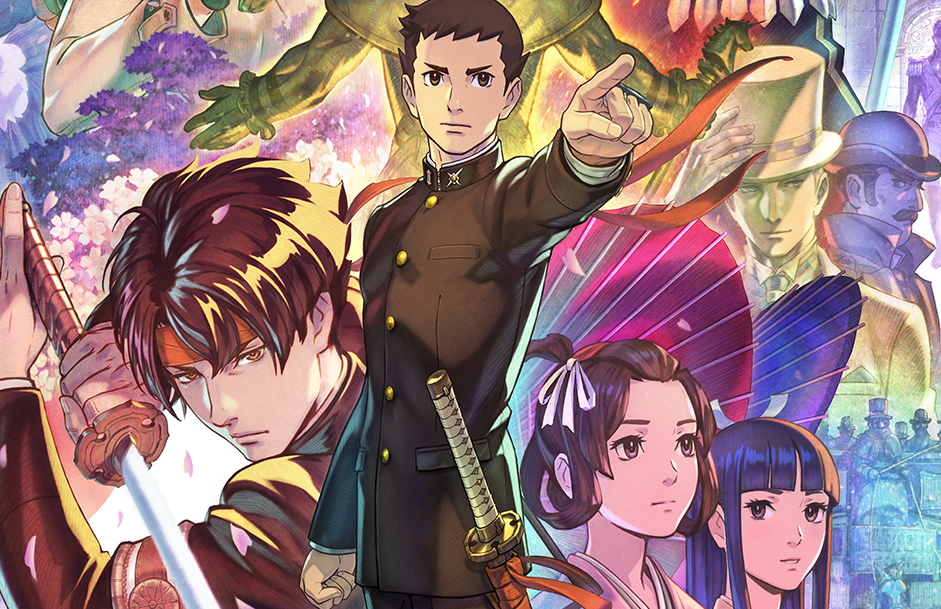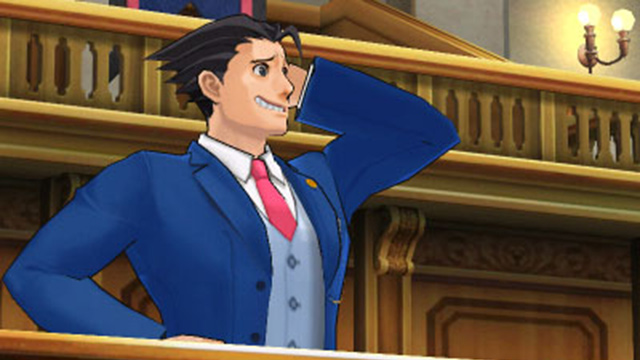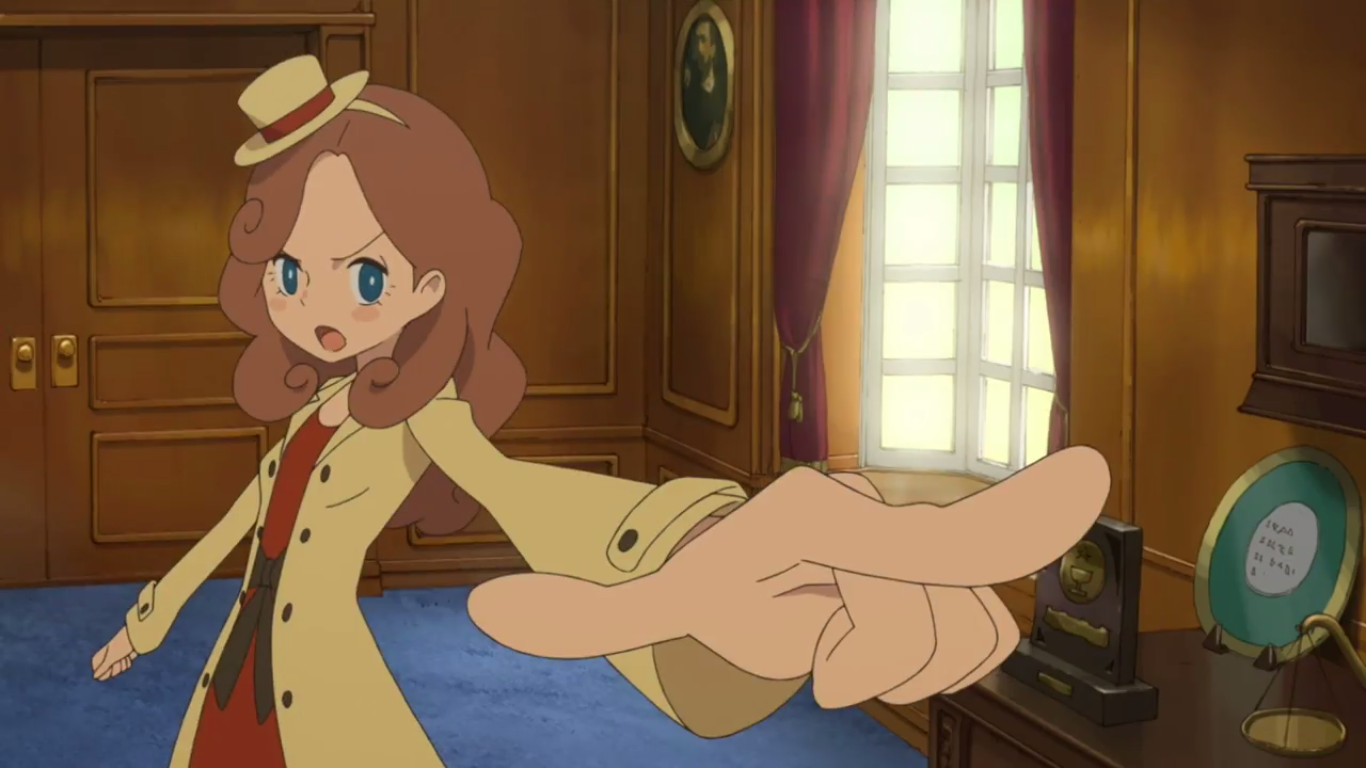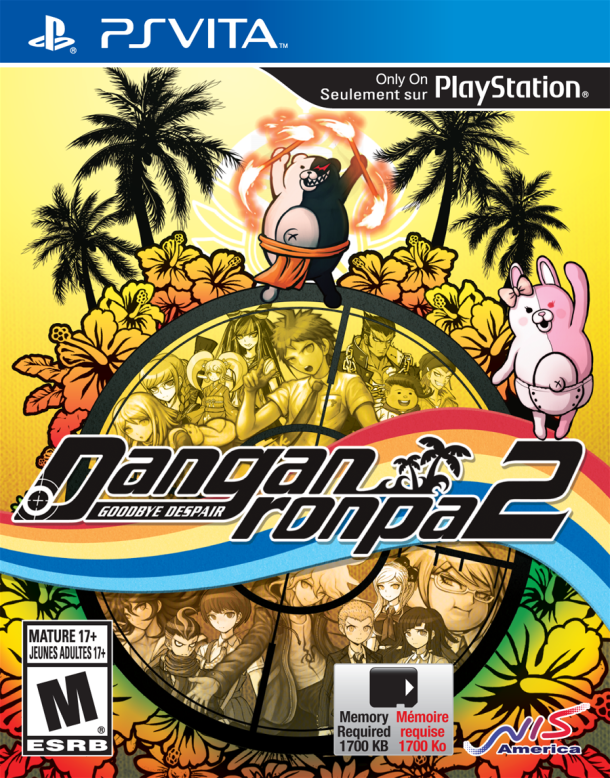
Who doesn’t love a good murder mystery? The genre has been so pervasive in literature, film and television because it has the perfect mix of elements audiences love – crime solving, gruesome murders, high stakes and the satisfaction of pointing out the culprit in front of everyone. It’s only natural that we’re seeing more and more video games tackle the subject matter too, hell it’s more or less the basis for the Ace Attorney series. The Danganronpa series prides itself on taking these traditional murder mystery tropes and amplifying them to the maximum level. After Western audiences received the first game earlier this year, the sequel has already been translated and has finally arrived on the Vita. Danganronpa 2: Goodbye Despair has more crazy characters, more mayhem and more implausible murders than ever before, which is exactly why it’s so great.
A brief recap on what Danganronpa is all about: in the first game, Hope’s Peak Academy existed as a high school for ‘ultimate’ students at the top of their field, whether that’s writing, sports or just being incredibly popular. Shortly after arriving, its latest class of students are thrust into a deadly game, as the twisted stuffed mascot, Monokuma, seized control of the school and placed it into lockdown. If a student was able to murder a fellow classmate and get away with it without being identified, as determined by a class trial held among the students, they would be allowed to ‘graduate’ and leave the school, but at the expense of all remaining students being executed. If the culprit is correctly determined during the trial, then only the killer is executed.
This murderous formula is repeated once again in Danganronpa 2, as a new group of students from Hope’s Peak find themselves on a school trip to the tropical Jabberwock Islands. After a pleasant start to the holiday led by Usami, an insufferably cheerful new rabbit mascot, Monokuma makes his reappearance to steer them back into misery and murder mystery by usurping Usami and starting a new killing game. The rules are the same, but the location is much bigger, with six islands to explore and all kinds of new and horrible ways to kill each other. In this way, Danganronpa ensures the body count is high, the stakes are even higher, and there’s a pressing time limit on finding the culprit by the end of a class trial before everyone pays the price.
Much like the Zero Escape series that have recently become popular, much of Danganronpa 2 could be considered a ‘visual novel’ experience. That means most of your time is spent in conversations, talking to your other classmates, collecting new information and reading descriptions of the action via your character’s internal monologue. Fortunately the writing is strong and engaging enough to keep you hooked throughout the entire game. Each of the new students has a distinct personality, with their own quirks and idiosyncrasies that make talking to them all the more enjoyable. You are given a limited amount of ‘free time’ (what seems like less than the first game) to spend time with characters of your choosing – doing so consistently will reveal more information about their backstories, but also unlock new skills for you to use during the class trials.
When a murder occurs, and don’t worry – they happen alarmingly frequently, class trials are held in an arena that’s somewhat similar to a hyperactive Phoenix Wright courtroom. These sequences play out as fast paced, timed action challenges, where every effort is made to make it feel less like a ‘novel’ and more like a game. As the students argue over points of the murder, you’re able to select evidence from a menu like bullets in a gun chamber, and literally shoot the words out of a classmate’s mouth to counter their point. These were the most satisfying and energetic moments of the first game, and they don’t lose any of their appeal the second time around. A new feature allows you to agree with classmates’ points, and there is a very welcome decrease in reliance on the ‘absorbing’ gameplay element from the last game – where you have to hold down on the touch screen over someone’s statement to ‘capture’ it, provided you can get the wonky detection to work fast enough, to use it as an evidence bullet later on.
There are also minigames that come into play during class trials, which range from ridiculous to infuriating. The ‘Logic Dive’ occurs when your character has to come to some kind of epiphany, and has you literally snowboarding down tracks inside his mind, to choose the correct path of logic, falling off if you hit a dead end. ‘Panic Talk’ action is a rhythm game that’s relatively simple, while ‘Hangman’s Gambit’ is a surprisingly tough word game where you have to collect letters to form a particular piece of evidence. The Gambit mini-games get surprisingly tough, as you have to micro-manage where letters on the screen form , as new letters continue to appear and collide with them, seriously damaging your health bar (or ‘credibility’ as it’s known in this game).
Overall, the strength of the narrative, the intrigue of the murders and the twists and turns the plot makes all make for an incredibly well executed story. The final act, like the last game, relies a little too much on information revealed at the last moment, but some elements of the reveal are fairly obvious from the outset. You’ll certainly benefit from having finished the first game before diving into this one, though.
The game is fairly lengthy, as I got about 15 hours of play out of the main story’s six chapters, and upon finishing it you are treated with several new game modes. An Island Life mode allows you to enjoy the ‘free time’ from the main game as much as you want, talking to characters and learning about them while collecting items for Usami. Usami also gets her own 3D mini-game that sees her destroy robots and monsters with her magical powers, by encircling them in rainbow-coloured happiness. It’s a fine extra but not very compelling on its own. A light novel is also included that explores an alternative side-story of the Danganronpa universe.
I really can’t recommend Danganronpa and Danganronpa 2 enough, especially if you’re after a tense, engaging story with crazy characters and absolutely bonkers twists. As a pair, these games are some of the most addictive and fun experiences you can have on the Vita, despite the fact you’ll be reading rather than playing most of the time. The sequel improves on the pacing of the first, with (what feels like) less walking around doing nothing, and more propelling the story forward. There’s obviously a lot of people out there who’ll pass on these games because of this style, but they’ll be missing out the weirdest and wildest murder mysteries out there.
Great characters, strong story | Appealing visuals | Great voice acting
Visual novel style not for everyone

